Growing corn in sacks might sound unconventional, but trust me, it’s a game-changer for home gardeners like us! Are you dreaming of sweet, juicy corn on the cob, but limited by space? Or perhaps you’re battling poor soil conditions that make traditional gardening a struggle? Well, fret no more! This DIY guide will unlock the secrets to cultivating a thriving corn patch, even if all you have is a balcony or a small patio.
The concept of container gardening, including using sacks, has been around for centuries, with roots tracing back to ancient civilizations who cleverly adapted to challenging environments. Think of the Hanging Gardens of Babylon – a testament to human ingenuity in maximizing space and resources! While we might not be building wonders of the world, we can bring that same spirit of innovation to our own backyards.
Why is growing corn in sacks such a fantastic idea? Because it offers incredible flexibility and control. You can easily move your corn plants to chase the sun, protect them from unexpected frosts, and even customize the soil mix to ensure they get the perfect nutrients. Plus, it’s a budget-friendly way to enjoy fresh, homegrown corn without breaking the bank. I’m excited to share my tried-and-true methods for successful sack corn cultivation, so let’s get started and transform your limited space into a cornucopia of deliciousness!

Growing Corn in Sacks: A DIY Guide to Bountiful Harvests in Small Spaces
Hey there, fellow gardening enthusiasts! Ever dreamed of enjoying freshly picked corn, but thought you didn’t have the space? Well, I’m here to tell you that you absolutely can! Growing corn in sacks is a fantastic way to bring the farm to your patio, balcony, or even a small backyard. It’s surprisingly easy, space-saving, and incredibly rewarding. Let’s dive into how you can make this happen!
What You’ll Need
Before we get our hands dirty, let’s gather our supplies. This is crucial for a smooth and successful planting experience. Here’s a comprehensive list:
* Sacks: Burlap sacks, heavy-duty plastic bags (like those used for animal feed), or even large grow bags will work. Aim for a size that’s at least 24 inches in diameter and 36 inches tall. The bigger, the better, as corn roots need room to spread.
* Potting Mix: A high-quality potting mix is essential. Don’t skimp on this! Look for a mix that’s well-draining and rich in organic matter. You can also create your own by combining equal parts compost, peat moss (or coco coir), and perlite or vermiculite.
* Corn Seeds: Choose a variety of corn that’s suitable for your climate and growing season. Sweet corn is a popular choice, but you can also experiment with other types like popcorn or ornamental corn. Make sure you buy seeds from a reputable source to ensure good germination rates.
* Fertilizer: Corn is a heavy feeder, so you’ll need a good fertilizer to keep it happy and productive. A balanced fertilizer (like 10-10-10) or a fertilizer specifically formulated for vegetables will work well. You can also use organic options like compost tea or fish emulsion.
* Watering Can or Hose: Consistent watering is key to successful corn growth.
* Trowel or Shovel: For filling the sacks with potting mix and planting the seeds.
* Stakes or Support System (Optional): Depending on the corn variety and your local weather conditions, you might need to provide some support to prevent the stalks from falling over.
* Gloves: To keep your hands clean and protected.
* Measuring Tape: To ensure proper spacing between seeds.
Preparing the Sacks
This is a crucial step to ensure your corn has a healthy environment to grow in.
1. Choose Your Location: Corn needs at least 6-8 hours of direct sunlight per day, so pick a sunny spot for your sacks. Make sure the location is also sheltered from strong winds, which can damage the stalks.
2. Prepare the Sacks: If you’re using burlap sacks, you might want to line them with a plastic bag to help retain moisture. This isn’t strictly necessary, but it can be helpful, especially in hot climates. If you’re using plastic bags, make sure they have drainage holes at the bottom. You can easily create these with a drill or a sharp knife.
3. Fill the Sacks: Now, it’s time to fill the sacks with your potting mix. Leave about 4-6 inches of space at the top of the sack. This will make watering easier and prevent the soil from spilling out.
4. Water the Soil: Before planting, thoroughly water the potting mix in the sacks. This will help settle the soil and provide moisture for the seeds.
Planting the Corn Seeds
Now for the fun part – getting those seeds in the ground!
1. Spacing: Corn needs to be planted in blocks rather than rows to ensure proper pollination. Plant the seeds about 6-8 inches apart in a grid pattern within the sack. This will allow the corn to pollinate effectively.
2. Depth: Plant the seeds about 1-2 inches deep. Use your finger or a trowel to create small holes, drop in the seeds, and then cover them with soil.
3. Number of Seeds: I usually plant 3-4 seeds per hole to increase the chances of germination. Once the seedlings emerge, you can thin them out to the strongest one per hole.
4. Water Again: After planting, gently water the sacks again to ensure good seed-to-soil contact.
Caring for Your Corn
This is where the real work begins, but don’t worry, it’s mostly about consistent watering and feeding.
1. Watering: Corn needs consistent moisture, especially during germination and the silking stage (when the silks emerge from the ears). Water deeply whenever the top inch of soil feels dry to the touch. Avoid overwatering, which can lead to root rot.
2. Fertilizing: As I mentioned earlier, corn is a heavy feeder. Start fertilizing about 2-3 weeks after the seedlings emerge. Use a balanced fertilizer or a fertilizer specifically formulated for vegetables. Follow the instructions on the fertilizer package. You can also side-dress the corn with compost or aged manure. I like to fertilize every 2-3 weeks throughout the growing season.
3. Weeding: Keep the sacks free of weeds, which can compete with the corn for nutrients and water. Hand-pull any weeds that emerge.
4. Pollination: Corn is wind-pollinated, so it’s important to ensure good air circulation around the plants. If you’re growing corn in a sheltered location, you might need to hand-pollinate the plants. To do this, gently shake the tassels (the male flowers at the top of the plant) to release pollen. Then, brush the pollen onto the silks (the female flowers that emerge from the ears).
5. Support: As the corn stalks grow taller, they might need some support, especially if you live in a windy area. You can use stakes or a trellis to provide support. Simply tie the stalks to the stakes with twine.
6. Pest Control: Keep an eye out for pests like corn earworms, aphids, and spider mites. If you notice any pests, you can use organic pest control methods like insecticidal soap or neem oil.
Harvesting Your Corn
The moment we’ve all been waiting for!
1. Timing: The time it takes for corn to mature depends on the variety and your local climate. Generally, sweet corn is ready to harvest about 60-90 days after planting.
2. Signs of Ripeness: There are several signs that your corn is ready to harvest. The silks will turn brown and dry, and the ears will feel plump and full. You can also gently peel back the husk to check the kernels. The kernels should be milky and juicy.
3. Harvesting: To harvest the corn, grasp the ear firmly and twist it downward. The ear should snap off easily from the stalk.
4. Enjoy! Now, it’s time to enjoy the fruits (or rather, vegetables) of your labor! Freshly picked corn is incredibly delicious. You can grill it, boil it, roast it, or use it in your favorite recipes.
Troubleshooting
Even with the best planning, sometimes things don’t go exactly as expected. Here are a few common problems you might encounter and how to deal with them:
* Poor Germination: If your seeds aren’t germinating, make sure the soil is moist and warm. You can also try soaking the seeds in water for 24 hours before planting.
* Yellowing Leaves: Yellowing leaves can be a sign of nutrient deficiency. Make sure you’re fertilizing regularly with a balanced fertilizer.
* Stunted Growth: Stunted growth can be caused by a variety of factors, including poor soil, lack of sunlight, or pests. Make sure your corn is getting enough sunlight, water, and nutrients. Check for pests and treat them accordingly.
* Poor Pollination: If your ears aren’t filling out properly, it could be due to poor pollination. Try hand-pollinating the plants or ensuring good air circulation around the plants.
* Falling Over: If your corn stalks are falling over, provide them with support using stakes or a trellis.
Tips for Success
Here are a few extra tips to help you succeed with growing corn in sacks:
* Choose the Right Variety: Select a corn variety that’s well-suited to your climate and growing season.
* Start with Good Soil: Use a high-quality potting mix that’s well-draining and rich in organic matter.
* Water Consistently: Corn needs consistent moisture, especially during germination and the silking stage.
* Fertilize Regularly: Corn is a heavy feeder, so fertilize regularly with a balanced fertilizer.
* Protect from Pests: Keep an eye out for pests and treat them accordingly.
* Enjoy the Process! Growing corn in sacks is a fun and rewarding experience. Don’t be afraid to experiment and learn from your
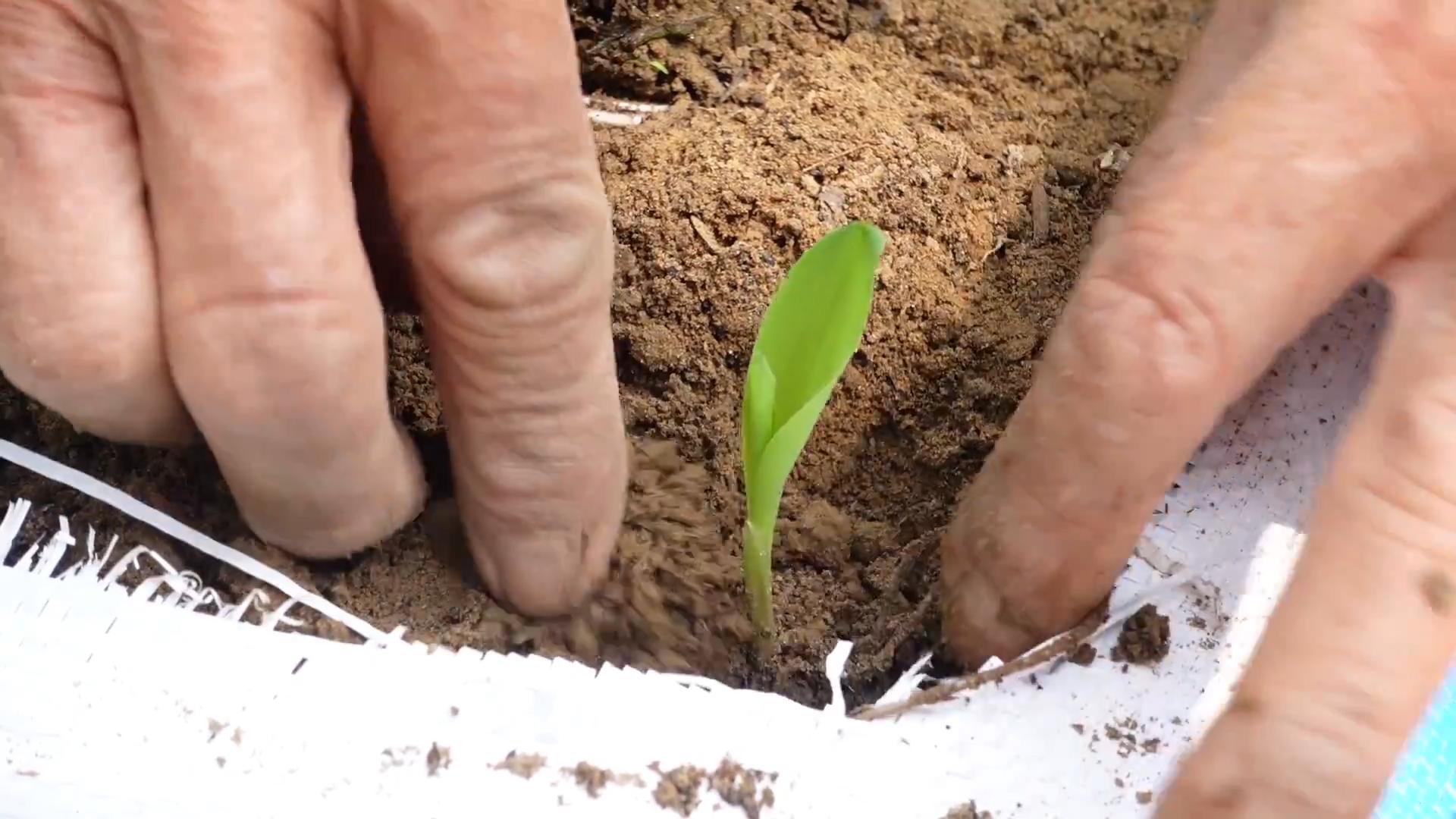
Conclusion
So, there you have it! Growing corn in sacks is not just a quirky gardening experiment; it’s a game-changer for anyone with limited space, challenging soil, or a desire for a more controlled growing environment. We’ve walked you through the process, highlighting the benefits and offering practical tips to ensure your success. But why is this DIY trick a must-try?
Firstly, it democratizes corn cultivation. No longer is a sprawling field a prerequisite for enjoying fresh, homegrown corn. Apartment dwellers, balcony gardeners, and those with small yards can now partake in the joy of harvesting their own sweet, juicy kernels. This accessibility alone makes it a worthwhile endeavor.
Secondly, the control you gain over the growing environment is unparalleled. You dictate the soil composition, water levels, and even the sun exposure (to some extent, by moving the sacks). This level of control translates to healthier plants, higher yields, and a reduced risk of pests and diseases. Imagine the satisfaction of knowing exactly what went into growing your food, from seed to table.
Thirdly, it’s an incredibly efficient use of resources. Growing corn in sacks minimizes water waste, reduces the need for extensive tilling, and allows you to recycle materials like old burlap sacks or grow bags. It’s a sustainable and environmentally friendly approach to gardening that aligns with the growing movement towards conscious consumption.
But the beauty of this method lies in its adaptability. Feel free to experiment with different corn varieties. Try growing ornamental corn for a splash of color, or focus on heirloom varieties for unique flavors and textures. You can also adjust the soil mix to suit your specific needs. For example, adding more compost will boost nutrient levels, while incorporating perlite will improve drainage. Consider companion planting by tucking in some herbs like basil or marigolds around the base of the sacks to deter pests.
Don’t be afraid to get creative! Perhaps you could build a simple trellis system to support the corn stalks as they grow taller, or even automate the watering process with a drip irrigation system. The possibilities are endless.
We wholeheartedly encourage you to give this DIY trick a try. It’s a rewarding experience that will connect you with nature, provide you with fresh, delicious corn, and empower you to take control of your food supply. And most importantly, we want to hear about your experiences! Share your photos, tips, and challenges in the comments section below. Let’s build a community of sack-grown corn enthusiasts and learn from each other. Your insights could inspire others to embark on this exciting gardening adventure. So, grab your seeds, prepare your sacks, and get ready to enjoy the sweet taste of success! Let’s all get growing corn in sacks!
Frequently Asked Questions (FAQ)
What type of sacks are best for growing corn?
The ideal sacks are sturdy and breathable. Burlap sacks are a classic choice, offering good drainage and aeration. However, grow bags made from fabric are also excellent options. Avoid using plastic bags, as they can trap moisture and lead to root rot. The size of the sack is also important; aim for a sack that is at least 24 inches in diameter and 24 inches deep to provide ample space for the corn roots to develop. Remember to reinforce the bottom of the sack if needed to prevent it from tearing under the weight of the soil and plants.
How many corn plants can I grow in one sack?
Generally, it’s best to plant 3-4 corn plants per sack. Corn plants need space to grow and develop, and overcrowding can lead to stunted growth and reduced yields. Ensure that the plants are evenly spaced within the sack to allow for adequate sunlight and air circulation. If you notice that the plants are becoming too crowded, you may need to thin them out by removing the weakest seedlings.
What type of soil mix should I use?
A well-draining and nutrient-rich soil mix is crucial for growing healthy corn in sacks. A good starting point is a mix of equal parts garden soil, compost, and perlite or vermiculite. The garden soil provides structure and nutrients, the compost adds organic matter and improves drainage, and the perlite or vermiculite enhances aeration and prevents compaction. You can also add a slow-release fertilizer to the soil mix to provide a steady supply of nutrients throughout the growing season. Consider testing your soil pH and amending it as needed to ensure it’s within the optimal range for corn (between 6.0 and 7.0).
How often should I water the corn plants in sacks?
Watering frequency will depend on the weather conditions and the type of soil mix you’re using. Generally, you should water the corn plants deeply whenever the top inch of soil feels dry to the touch. Avoid overwatering, as this can lead to root rot. During hot and dry weather, you may need to water the plants daily. Consider using a moisture meter to accurately assess the soil moisture levels. Mulching around the base of the plants can also help to retain moisture and reduce the need for frequent watering.
How much sunlight do corn plants need?
Corn plants require at least 6-8 hours of direct sunlight per day to thrive. Choose a location for your sacks that receives plenty of sunlight throughout the day. If you’re growing corn indoors, you may need to supplement with artificial lighting. Rotate the sacks regularly to ensure that all sides of the plants receive adequate sunlight.
How do I fertilize corn plants growing in sacks?
Corn is a heavy feeder, so regular fertilization is essential for optimal growth and yields. You can use a balanced fertilizer (e.g., 10-10-10) or a fertilizer specifically formulated for corn. Apply the fertilizer according to the package instructions, typically every 2-3 weeks. You can also supplement with organic fertilizers such as compost tea or fish emulsion. Avoid over-fertilizing, as this can burn the roots and damage the plants.
How do I prevent pests and diseases?
Regularly inspect your corn plants for signs of pests or diseases. Common pests that affect corn include aphids, corn earworms, and spider mites. You can control these pests with insecticidal soap, neem oil, or by handpicking them off the plants. Diseases such as corn smut and leaf blight can be prevented by ensuring good air circulation, avoiding overwatering, and using disease-resistant corn varieties. Consider companion planting with herbs like basil or marigolds to deter pests naturally.
When is the corn ready to harvest?
Corn is typically ready to harvest about 60-90 days after planting, depending on the variety. The silks on the ears will turn brown and dry, and the kernels will be plump and milky when pierced with a fingernail. To test for ripeness, peel back a portion of the husk and check the kernels. If the kernels are still watery, the corn is not ready to harvest. Harvest the corn in the morning when the sugars are at their peak.
Can I reuse the soil in the sacks for future plantings?
Yes, you can reuse the soil in the sacks, but it’s important to replenish the nutrients that have been depleted by the corn plants. Amend the soil with compost, aged manure, or a slow-release fertilizer before planting again. You may also want to consider rotating crops to prevent the buildup of soilborne diseases.
What are some variations I can try when growing corn in sacks?
Experiment with different corn varieties, such as sweet corn, popcorn, or ornamental corn. You can also try growing other vegetables or herbs in the same sack as the corn, such as beans, squash, or basil. Consider building a simple trellis system to support the corn stalks as they grow taller. You can also automate the watering process with a drip irrigation system. Don’t be afraid to get creative and adapt the method to suit your specific needs and preferences.
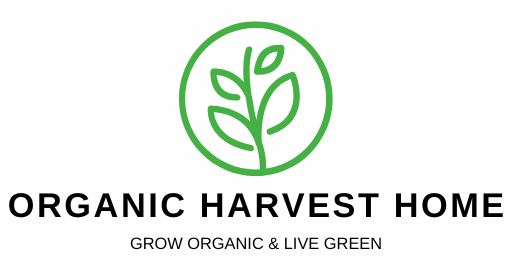

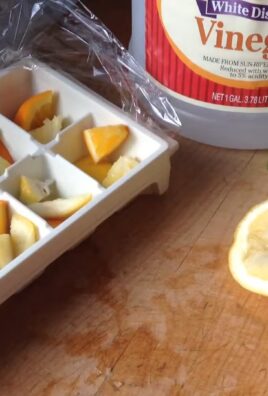
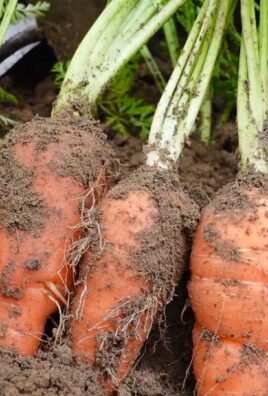
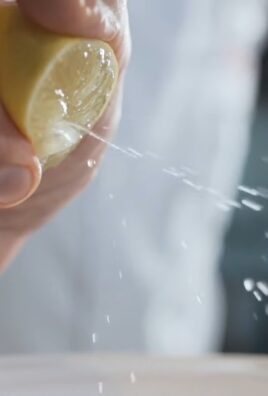
Leave a Comment